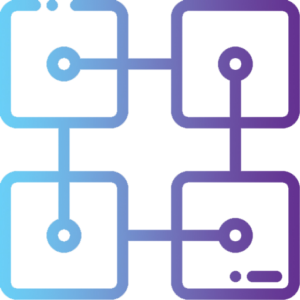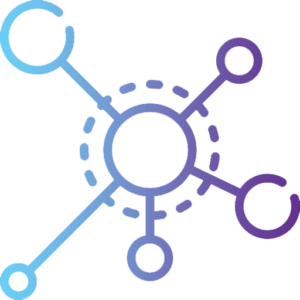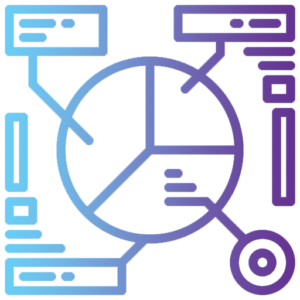
High Impact Reports
IHSI High Impact Reports (HIRs) are intended to highlight pharmaceuticals with a high potential to cause significant impact to one or more areas of healthcare in IHSI member countries within the next several years. These impacts include healthcare use, infrastructure, service delivery, disease management, patient health outcomes, and healthcare costs, among others.
Collectively, the IHSI HIRs will cover high impact pharmaceuticals across a wide spectrum of medicine. Each HIR will cover one of the IHSI-defined clinical areas: (1) infectious diseases, (2) immune‐mediated inflammatory diseases (IMIDs), (3) lung diseases, (4) metabolic disorders, (5) cardiovascular diseases, (6) neurological disorders, (7) oncology, and (8) haematology.
The first HIR, Infectious Diseases, is expected to be delivered in final draft form to IHSI by 1 June 2022. The second and third HIRs, IMIDS and lung diseases respectively, are expected to be delivered to IHSI by 1 July 2022. Delivery of the remaining HIRs will be staggered over the next four months, with one HIR delivered each month. Subsequently, another HIR for each priority area will be delivered every six months after initial delivery for the duration of the project. Publication dates for these HIRs have not yet been established.
Selecting topics (i.e., pharmaceuticals) with high impact potential from among the extensive IHSI pharmaceutical database requires a robust and scientifically valid methodology, which we briefly describe below.
Methodology
The IHSI horizon scanning methodology can be summarised using the acronym SCAN (i.e., scan, curate, analyse, and next). Below, we briefly describe the first three steps, beginning with data collection in the scan step and culminating with the delivery of the HIRs from the analyse step.


Scan
The first step—scan—is where all of the data needed for horizon scanning and HIR production is identified and collected. The scan step uses both an automated process, the Automated Data Collection and Curation Process (ADCCP), and a manual process to harvest data about all in-development pharmaceuticals—phase I, II, and III. The ADCCP can obtain much of the data automatically and deposit it into a data lake for further processing. Human data specialists harvest data that is difficult for ADCCP to obtain. For example, developer pipeline data posted on the web as images.
Curate
During the second step—curate—the data are cleaned, categorised, catalogued, and relevant data are shuttled into the pharmaceutical database for storage and analysis. As in the scan step, the curation step requires both automated processing by the ADCCP and manual processing by data specialists. The ADCCP works primarily with structured data (e.g., data neatly packaged into discrete fields, such as data gathered from clinical trial registries) while the human data specialists will work primarily with unstructured data (e.g., data obtained from news releases or conference abstracts). As the data are processed, the ADCCP and the data specialists create new pharmaceutical records in the database or update existing records as appropriate.


Analyse
The third step—analyse—is the heart of the IHSI horizon scanning methodology. Here, potential high impact topics (i.e., pharmaceuticals) are identified, drafted as profiles, reviewed by medical experts, and detailed in the HIRs. As mentioned earlier, potential high impact topics are those expected to cause significant impact to healthcare for IHSI member countries in some way, including, but not limited to, impacts on healthcare use, infrastructure, service delivery, disease management, patient health outcomes, and healthcare costs.
To detect these potential high impact topics, our data specialists and horizon scanning analysts, assisted by our automated processes, continually monitor the pharmaceutical data and watch for signals that portend high impact (e.g., efficacy data that show a clear and dramatic benefit to patient health, cost information suggesting very high cost or great cost saving, or changes to healthcare delivery, process, or infrastructure needs). When such signals are detected for a topic, it is written as a brief summary (called a profile) and sent to a panel of medical experts for review.
Managed by the IHSI stakeholder engagement specialist, the IHSI medical expert review process utilises a modified Delphi panel format to engage, for each topic, five medical experts with knowledge of the specific disease state addressed by the pharmaceutical topic. The experts review a copy of the profile then complete a brief survey indicating their perspectives on the potential for the pharmaceutical topic to cause impact. The data from these surveys are collected and analysed to determine whether the topic should be included in a HIR. Those selected for inclusion are those for which experts reviewers agree have high potential for high impact to the healthcare system.
Topics selected for inclusion in a HIR are drafted as summaries, similar to those sent earlier to reviewers, but fleshed out to include a detailed intervention description, highlights, relevant context and background (e.g., patient population and disease information, unmet clinical need), and perspectives on potential impacts gathered from both the experts and the horizon scanning team. Once a summary is drafted, it undergoes extensive scientific review before being compiled into the appropriate HIR. After the HIR is compiled, an overall summary is written for the appropriate clinical area, the report is edited, copyedited, and then sent to two qualified medical experts for quality review before it is finalised and delivered to IHSI in final draft form.

